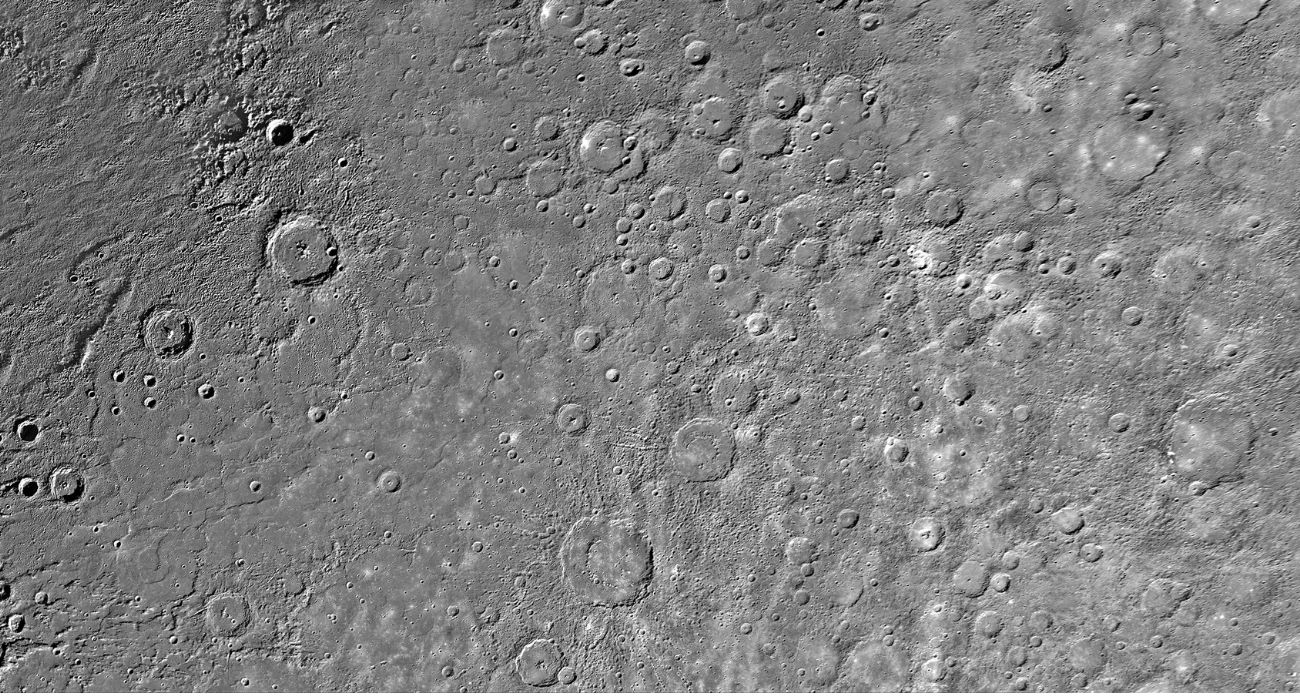A team of researchers at Southern Methodist University has found the remnants of what may have been a massive ancient volcanic eruption on the Moon.
Although the Moon is the closest celestial body to the Earth at 238,900 miles away, much about it remains a mystery.
Recently, Matt Siegler, an SMU professor and researcher with the Planetary Science Institute in Arizona, spearheaded an investigation into a mysterious 30-mile formation under the lunar surface known as Compton-Belkovich.
The results of the study appeared in a paper published in Nature last month.
Using public microwave frequency data taken by Chinese missions orbiting the Moon in 2008 and 2010, the team measured the emission of heat from this formation. This information helped researchers determine that the Compton-Belkovich is a massive deposit of granite called a batholith.
“Granite systems are basically the frozen magma system that never erupted out of a volcano,” Siegler explained, according to The Dallas Morning News. As the radioactive materials within the granite decay, heat is emitted.
Given the measurements recorded by Siegler’s team, he suspects that the granite formation is the largest to be found on the Moon.
“It’s so weird that this thing is here,” said Siegler.
While the discovery of ancient volcanic activity on the Moon is nothing new, the sheer size of this “fossil of a volcano” from around 3.5 billion years ago is surprising.
The formation of granite on Earth is commonplace due to the movement of water and plate tectonics, which form magma under the surface. Yet the Moon lacks these processes, meaning Siegler’s team has unearthed several new questions.
“If you don’t have water it takes extreme situations to make granite,” Siegler explained in an SMU press release. “So, here’s this system with no water, and no plate tectonics — but you have granite. Was there water on the moon — at least in this one spot? Or was it just especially hot?”
This unexpected discovery indicates that the Moon might have a more complex geological past than previously thought, and finding out more about its history could help shed light on that of the Earth and the rest of the universe.
As reported in The Dallas Express, NASA’s Artemis program aims to establish a firmer presence on the Moon. Its Artemis III mission, slated for 2027, will be the first manned mission to the lunar surface since 1972.






